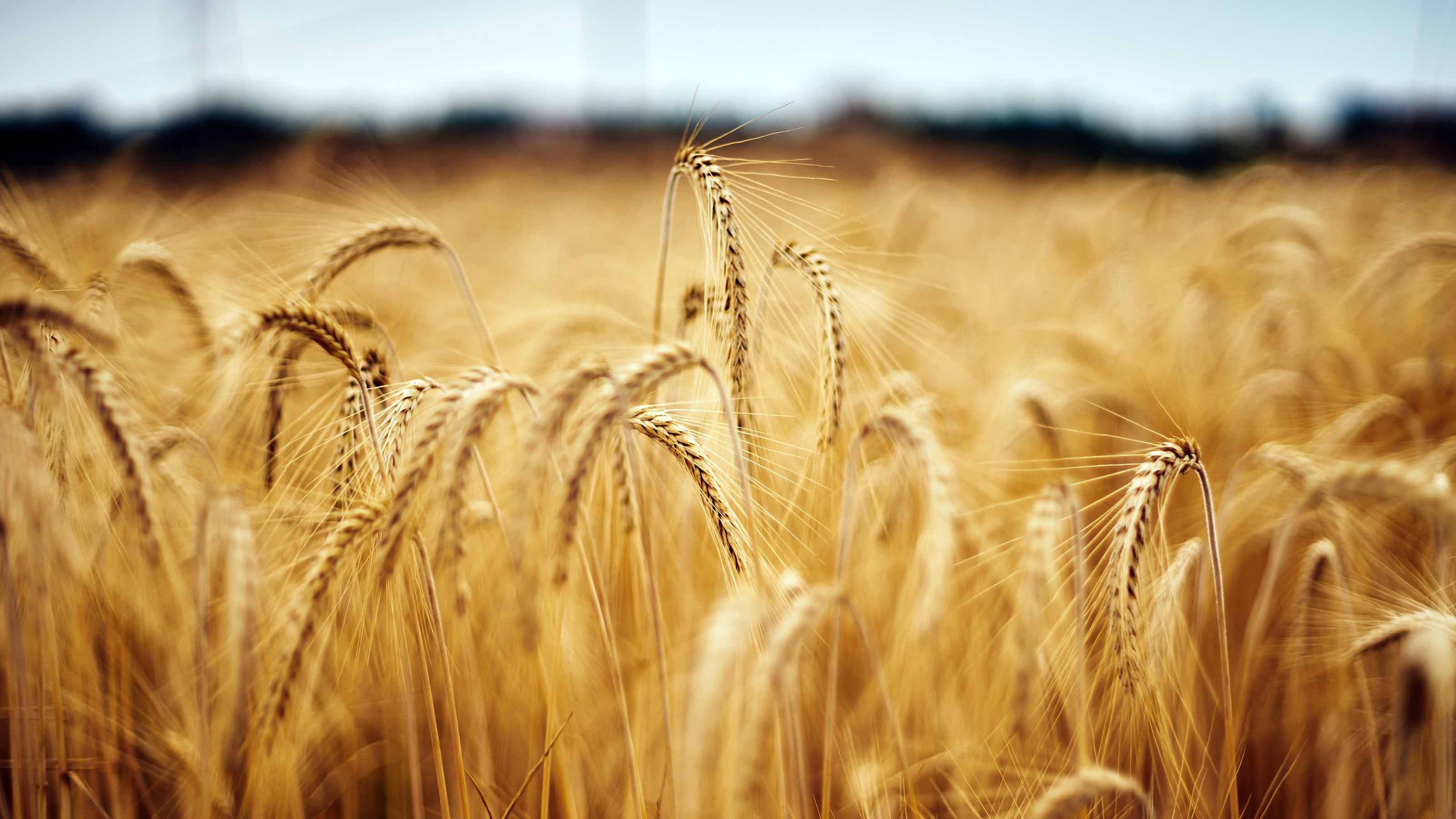Kiplinger's Commodities Forecast
Following a rocky few years for markets, we expect commodities to be less volatile in 2024, as a post-pandemic normal finally emerges.

To help you understand what is going on in the stock market and the economy our highly experienced Kiplinger Letter team will keep you abreast of the latest developments and forecasts (Get a free issue of The Kiplinger Letter or subscribe). You'll get all the latest news first by subscribing, but we will publish many (but not all) of the forecasts a few days afterward online. Here’s the latest…
Following a rocky few years for markets, including the war in Ukraine and other shocks, we expect commodities to be less volatile in 2024, as a post-pandemic normal finally emerges.
Let’s start with energy. At least for now, there is no sign of a crude oil price spike. Global supply is not too tight, with production in the U.S. and a few other non-OPEC countries growing fairly swiftly. This is offset somewhat by OPEC and Russia holding down their output.

Sign up for Kiplinger’s Free E-Newsletters
Profit and prosper with the best of expert advice on investing, taxes, retirement, personal finance and more - straight to your e-mail.
Profit and prosper with the best of expert advice - straight to your e-mail.
Expect prices to stay at $75-$80 per barrel through late winter, then a modest spring increase, barring a major geopolitical crisis. The Middle East remains the biggest risk. Ongoing conflict has yet to disrupt oil supplies, but the Strait of Hormuz could be at risk if the U.S. and Iran ever engage in direct conflict. Roughly a fifth of global oil passes through the strait, so any disruption in the Middle East could cause the price per barrel to skyrocket. Absent this scenario, look for gasoline prices to rise to at least $3.60 per gallon this spring, up from $3.28 now. Diesel, now at $4.10 per gallon, could reach the $4.50-$4.75 range if it’s a fairly normal year (no recession, etc.).
Natural gas stands to remain cheap. Benchmark gas futures have dropped below $2 per million British thermal units on mild weather. Without a prolonged spell of cold weather, gas supplies will be above normal, and prices should stay low.
Base metal prices will decline by 5%, versus a 10% drop in 2023.
Nickel will lead the sector lower, with a 22% price decline. Markets now face an oversupply, thanks to the recent production explosion in Indonesia, which now accounts for 43% of global nickel output. Nickel will play a crucial role in the clean-energy transition, but it is now used largely in stainless steel fabrication.
Aluminum supply growth will also outpace demand, resulting in prices that are 1.6% lower than last year’s average. China, the world’s largest producer of aluminum, will expand its output by 2.2%. Production will expand elsewhere, too, though U.S. supplies could temporarily tighten after the closure of a Missouri smelter.
Copper is a notable exception, with supply disruptions in Latin America resulting in a global deficit and price increases of 5%, compared with last year.
The downward trend in agricultural prices will continue, though risks remain. Supply prospects have improved for staples like corn, soybeans and wheat, but ongoing conflict in Ukraine could still choke off that country’s grain exports.
The big wild card in any commodities outlook: China, the largest consumer of raw materials in the world. Chinese demand for commodities has been resilient so far but depends on Beijing stepping up fiscal support for its shaky economy.
This forecast first appeared in The Kiplinger Letter, which has been running since 1923 and is a collection of concise weekly forecasts on business and economic trends, as well as what to expect from Washington, to help you understand what’s coming up to make the most of your investments and your money. Subscribe to The Kiplinger Letter.
Related Content
Get Kiplinger Today newsletter — free
Profit and prosper with the best of Kiplinger's advice on investing, taxes, retirement, personal finance and much more. Delivered daily. Enter your email in the box and click Sign Me Up.

-
 Tax Time: Does Your Kid Influencer Owe Taxes?
Tax Time: Does Your Kid Influencer Owe Taxes?State Tax Some minors are making big money on social media. Here’s how to know if they need to file taxes.
By Gabriella Cruz-Martínez Published
-
 10 Major AI Companies You Should Know
10 Major AI Companies You Should KnowThese 10 AI companies are at the forefront of machine learning. Find out how they’re driving innovation and jostling to be the biggest players in the game.
By Tom Taulli Published
-
 What DOGE is Doing Now
What DOGE is Doing NowThe Kiplinger Letter As Musk's DOGE pursues its ambitious agenda, uncertainty and legal challenges are mounting — causing frustration for Trump.
By Matthew Housiaux Published
-
 A Move Away From Free Trade
A Move Away From Free TradeThe Letter President Trump says long-term gain will be worth short-term pain, but the pain could be significant this year.
By David Payne Published
-
 Trump’s Whirlwind Month of Crypto Moves
Trump’s Whirlwind Month of Crypto MovesThe Kiplinger Letter The Trump administration wants to strengthen U.S. leadership in the cryptocurrency industry by providing regulatory clarity.
By Rodrigo Sermeño Published
-
 What Could Derail the Economy This Year?
What Could Derail the Economy This Year?The Letter While the outlook for the U.S. economy is mostly favorable, there are plenty of risks that bear watching.
By David Payne Published
-
 Three Ways President Trump Could Impact the Economy
Three Ways President Trump Could Impact the EconomyThe Letter Some of Trump's top priorities could boost economic growth, but others risk fueling inflation.
By David Payne Published
-
 10 Predictions for 2025 from The Kiplinger Letter
10 Predictions for 2025 from The Kiplinger LetterThe Kiplinger Letter As 2025 arrives, here are our top 10 forecasts for the new year.
By Letter Editors Published
-
 Europe Faces Economic and Political Headwinds Next Year
Europe Faces Economic and Political Headwinds Next YearThe Letter Challenges for Europe: Potential tariffs, high energy prices and more competition from China will weigh on the bloc in 2025.
By Rodrigo Sermeño Published
-
 Don't Sleep on Japan's Economic Transformation
Don't Sleep on Japan's Economic TransformationThe Letter After almost three lost decades, Japan — one of the world's biggest economies — is finally showing signs of life.
By Rodrigo Sermeño Published
